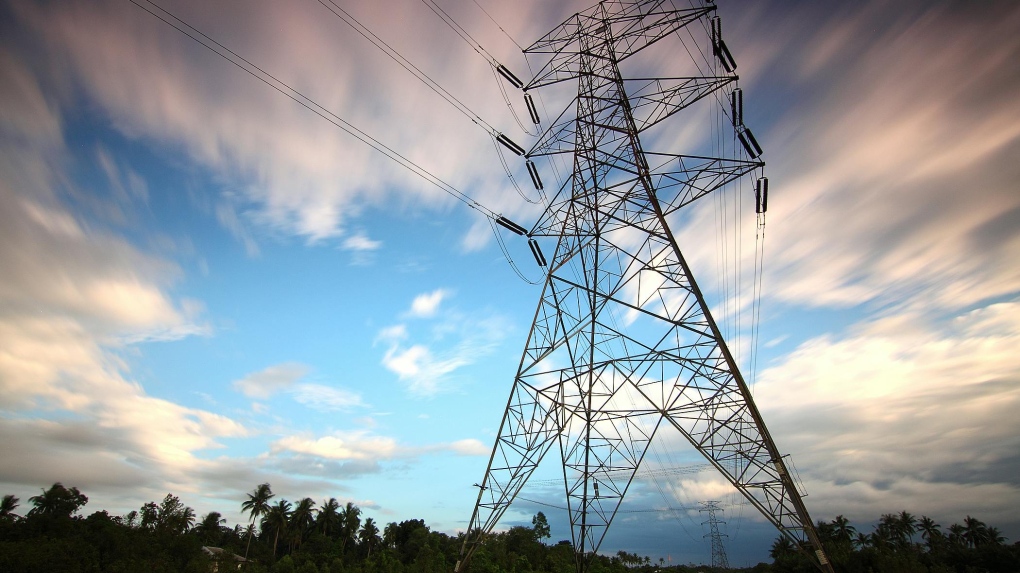
The 'drinking bird' makes a comeback and could power your gadgets with clean energy
CTV
The top-hatted 'drinking bird,' once a fixture in science classrooms for demonstrating the basics of thermodynamics, is making a surprising comeback — as the inspiration for a new clean-energy generator that could one day power your watch and phone.
The top-hatted “drinking bird,” once a fixture in science classrooms for demonstrating the basics of thermodynamics, is making a surprising comeback — as the inspiration for a new clean-energy generator that could one day power your watch and phone.
Scientists in Hong Kong and China have used the famous toy, also known as the “Dippy Bird,” to develop an engine capable of using the power of water evaporation to generate electricity, according to a study published Thursday in the journal Device.
The new method works by converting the energy produced by the bird’s characteristic back-and-forth movement into electrical power.
The physics behind it is relatively simple: The toy is made up of two glass bulbs, representing the head and body of the bird, which are connected by a long glass tube. Methylene chloride, a highly volatile liquid, is contained within the structure.
After the bird’s beak is dipped into a cup of water, it springs back into its natural upstanding position, and the water begins to evaporate and cool the head. This causes the volatile liquid from the lower bulb to rise up the tube, due to a difference in pressure, and as a result, the bird’s centre of gravity begins to shift, tipping its beak back into the water.
It’s a process that has provided amusement to generations of children and adults alike. But it’s also a process that happens naturally on Earth, and can be harnessed to generate clean energy.
In the natural world, evaporation occurs when sunlight warms the surface of the Earth, breaking the bonds which hold water molecules together. This causes liquid water from oceans, lakes and other surface waters to be converted into vapour. It’s the driving force of the Earth’s natural water cycle.





















 Run 3 Space | Play Space Running Game
Run 3 Space | Play Space Running Game Traffic Jam 3D | Online Racing Game
Traffic Jam 3D | Online Racing Game Duck Hunt | Play Old Classic Game
Duck Hunt | Play Old Classic Game